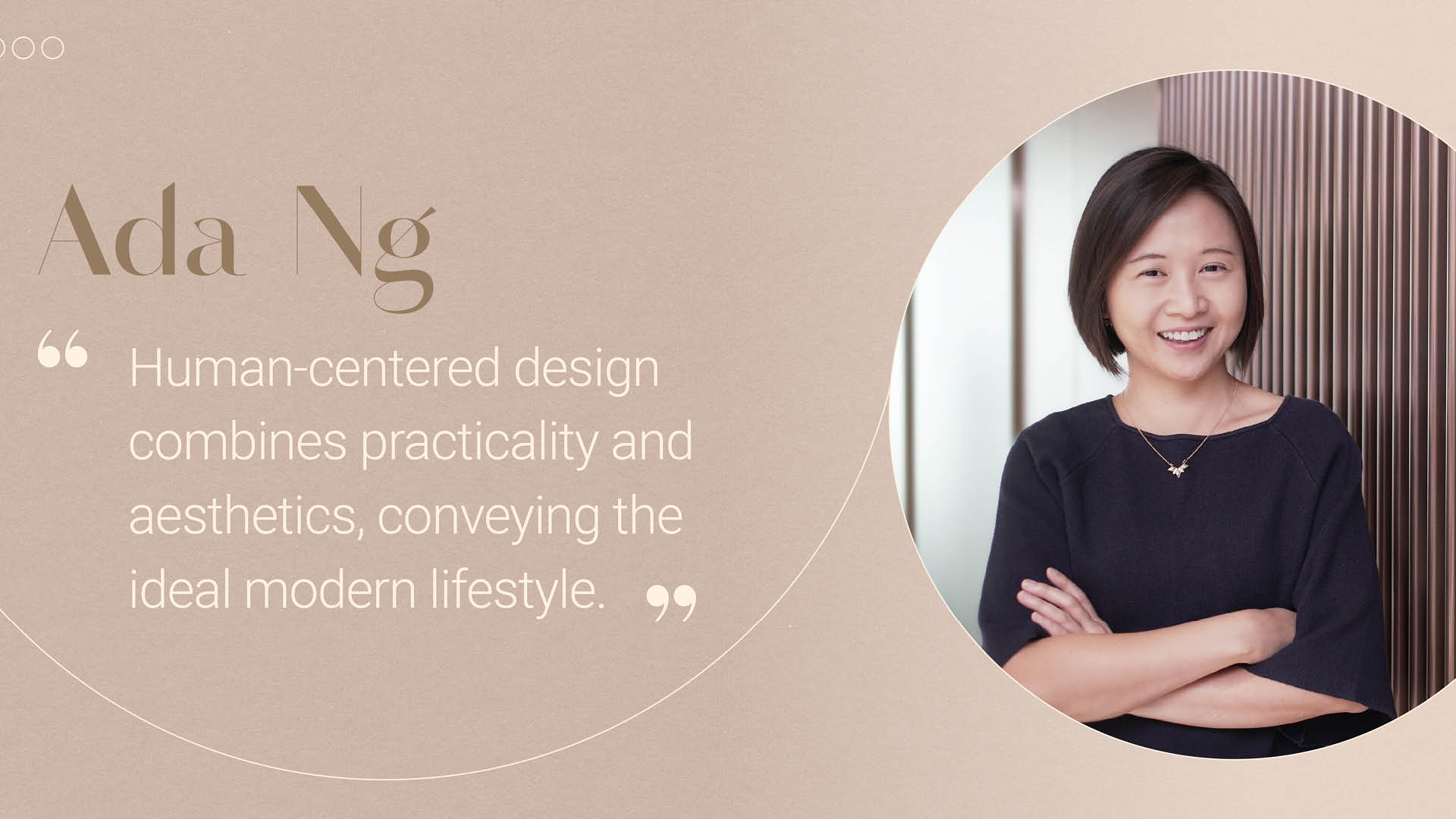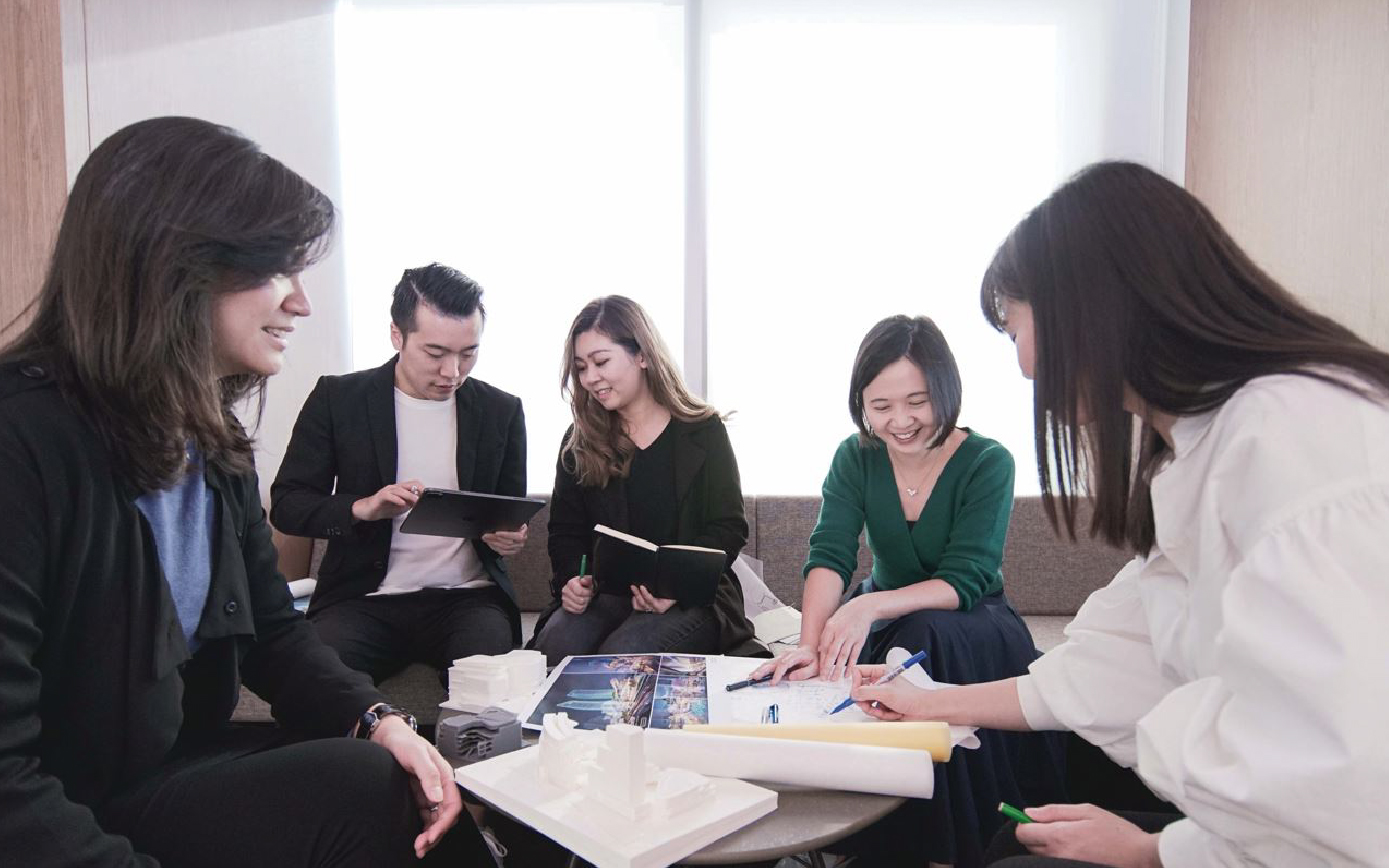

What is the interiordesign trend of the new affordable luxury? CAN’s Director Ada Ng shares her insights on the luxury malls of tomorrow. Championing a belief that design is all about the quality of life, Ada strives to adopt humancentric design approach that combines practicality and #aesthetics, creating a multidimensional experience for visitors to explore and enjoy.
Ada Ng has over 17 years of professional experience in architecture and interior design. She has been actively involved in numerous award-winning projects in Asia, including the Elements in Hong Kong, IFC Shanghai, Hysan Place, the Ring in Chongqing. Championing a belief that design is all about the quality of life, Ada strives to put users’ perspectives at the center of the design process where empathy, ideation and experimentation are at the heart. CAN Journal is glad to invite Ada to share with us her experiences and insights on the luxury malls of tomorrow.

In the old days, almost 80% of our retail sales took place in malls, and they have become a symbol of consumerism and physical retail hubs over the years.
But times are changing.
Alongside the consumers’ increasing demand for authentic and memorable experiences, the first-generation digital natives, and the Covid-19; more consumers shop online than ever before, and foot traffic to traditional luxury malls has sharply decreased in recent years. If landlords and retailers want to keep customers, especially the young generations, coming back over the next decade, they will have to reinvent themselves.
Given that the 6-star hospitality retail environment based their identities on exclusivity, prestige, and impeccable service, while maintaining a dignified distance between themselves and their customers in the past, it makes less sense in the nowadays domain of uprising personalized shopping.
China’s Gen Z spent their childhoods during the fastest sustained expansion of a major economy in history and are consequently used to rapid improvements in their standard of living. They are also China’s first generation of digital natives, who are instinctively familiar with technology as a form of communication and entertainment, and they are driving over 50% of the luxury sales growth nationwide.
It’s not surprising to see that some well-performing luxury brands have already adjusted their strategies to reflect the growing importance of youth fashion consumers. Gen Z are free spenders: optimistic, impulsive, and tends to “buy products on the go”.
Gen Z are individualistic and want to have more control: hence the growth in demand for personalization of products. To Gen Z Luxury means self-expression: forward-thinking and tend to speak for themselves. Luxury means something that enhances their quality of life.
Gen Z expect a luxury brand to be APPROACHABLE: they are more comfortable mixing and matching high and the low. Crossover Chanel with CDG Play or Casio G-Shock watches is appealing to them.
The new luxury is not defined by the brands themselves, but instead by the curated lifestyle they help to create. In fact, if the element of experience is not elevated, the store will become almost irrelevant. Future shopping malls should be designed as diversified platforms for the brands to tell their story, to connect and co-create with their customers, to foster a community that can appreciate the value of the brands. The retail environment should no longer be designed as hotel lobbies, but as an experience to make customers feel engaged. Our role is to break through the traditional framework of shopping environment and to enhance the flexibility of public spaces for any formats of transformation.
The people-centric approach in Retail Experience
The development of smart cities gives rise to the expansion of big data and the use of technologies, which play a pivotal role in bringing new approaches to luxury brands and high-end retailers’ need to engage with affluent consumers online.
Also, we can expect to see luxury retail acting more as community hubs or discovery zones, aiming to create an emotional connection with customers, delivering a scenario-based design that meets the spiritual needs of citizens rather than directly selling products. Developers like SHK and Hongkong Land are already investing in hybrid spaces and using the people-centric approach to create more compelling experiences for the customers above and beyond. CAN currently working with HongKong Land for a leading premium lifestyle retail centre in Nanjing, China. Since this capital city is a synergy of heritage and innovation, the project aims to create a new meeting place, a multi-purpose destination that brings together an unparalleled range of luxury, fashion, high-end gastronomy, and art & culture experiences.
If a shopping mall or store can’t provide a great experience, there’s no reason to go there because people can just buy what they want online. I believe consumers will be drawn to new mixed-use projects with strong leisure and entertainment offerings that help them find the social interaction they crave, especially after 2 years of social distancing. If a landlord or developer still thinks a mall is purely about shopping, it’s time to rethink.Ada leads the team that applies design thinking through a #holistic and human-centric lens to deliver innovative solutions and elevate the human experience. The team is actively working on several luxury retail projects – we look forward to sharing more details soon.

